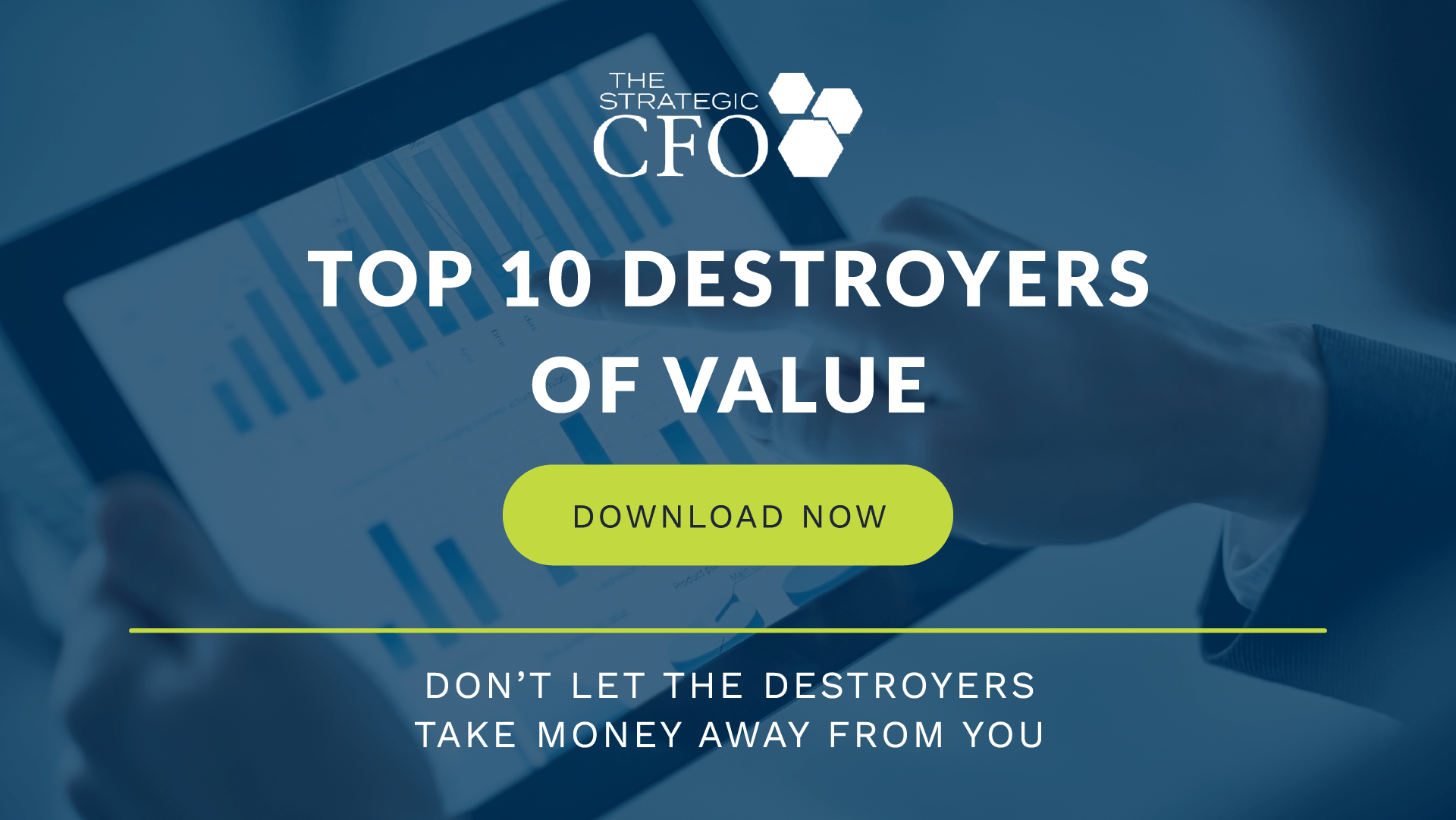Return on Common Equity (ROCE) Definition
The return on common equity, or ROCE, is defined as the amount of profit or net income a company earns per investment dollar. The investment dollars differ in that it only accounts for common shareholders. This is often beneficial because it allows companies and investors alike to see what sort of return the voting shareholders are getting if preferred and other types of shares are not counted.
Return on Common Equity Explanation (ROCE)
Return on common equity is a measure of how well a company uses its investment dollars to generate profits. Often times, it is more important to a shareholder than return on investment (ROI). It also tells common stock investors how effectively their capital is being reinvested. Generally, a company with high return on equity (ROE) is more successful in generating cash internally. Investors are always looking for companies with high and growing returns on common equity; however, not all high ROE companies make good investments. Instead, the better benchmark is to compare a company’s return on common equity with its industry average. In conclusion, the higher the ratio, the better the company.
Return on Common Equity (ROCE) Formula
To calculate the return on common equity, use the following formula:
ROCE = Net Income (NI)/ Average Common Shareholder’s Equity
In order to find the average common equity, combine the beginning common stock for the year, on the balance sheet, and the ending common stock value. These values are then divided by two for the average amount in the year.
Return on Common Equity is one of the many variables that can impact the value of a company. If you’re looking to sell your company, then download the free Top 10 Destroyers of Value whitepaper to learn how to maximize your value.

Access your Exit Strategy Checklist Execution Plan in SCFO Lab. The step-by-step plan to get the most value out of your company when you sell.
Click here to access your Execution Plan. Not a Lab Member?
Click here to learn more about SCFO Labs

See Also:
Return On Equity Example
Define Leverage (Finance)
Return on Asset Analysis
Gross Profit Margin Ratio Analysis
Return on Equity Analysis
Fixed Asset Turnover Analysis





















